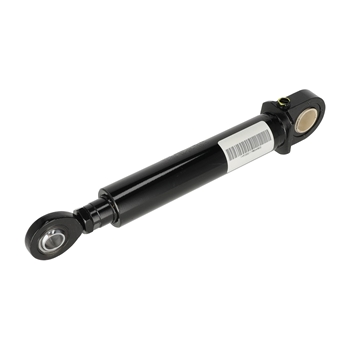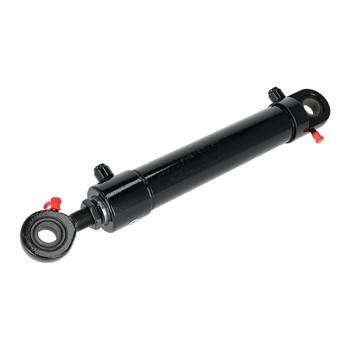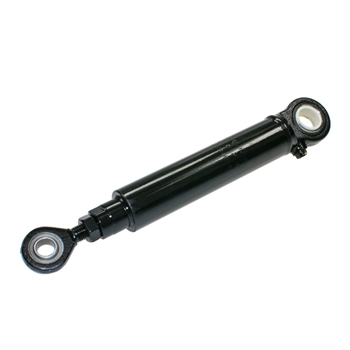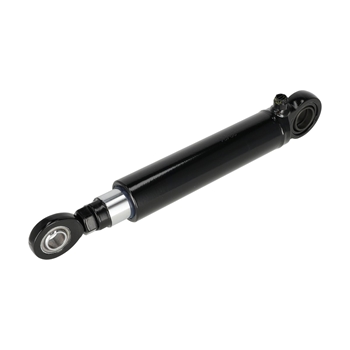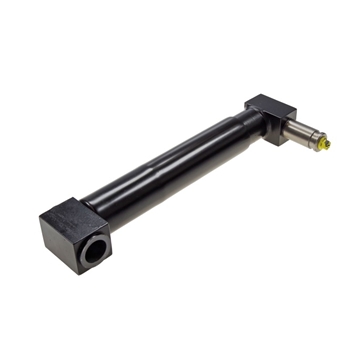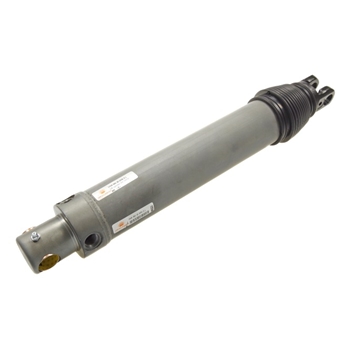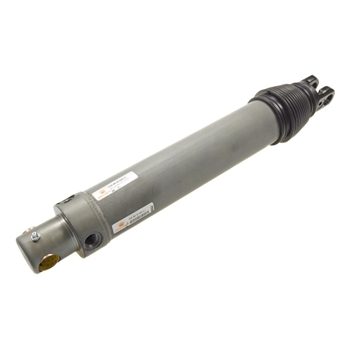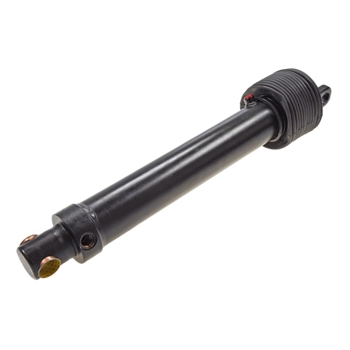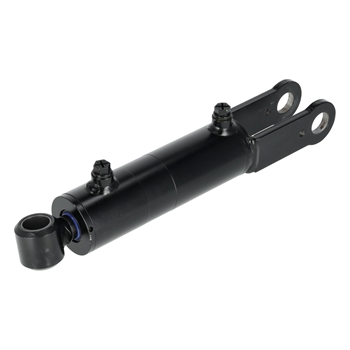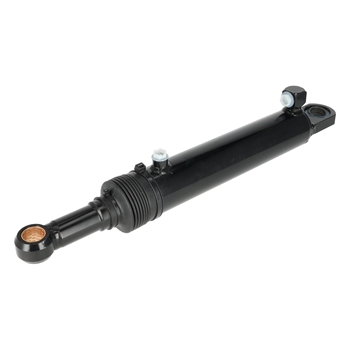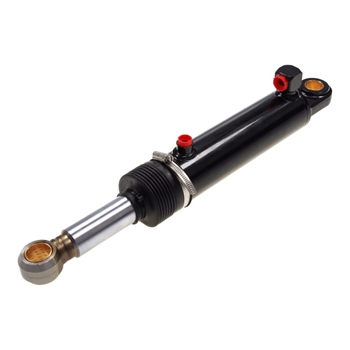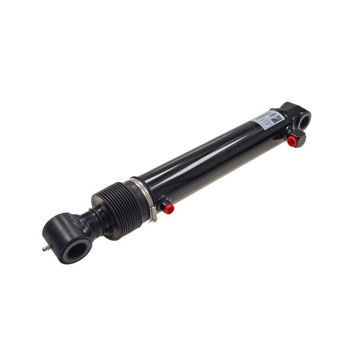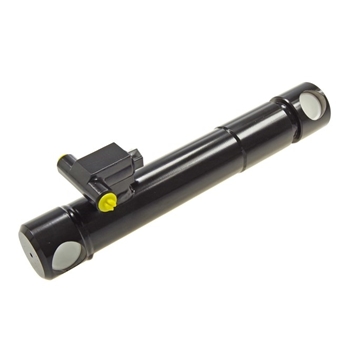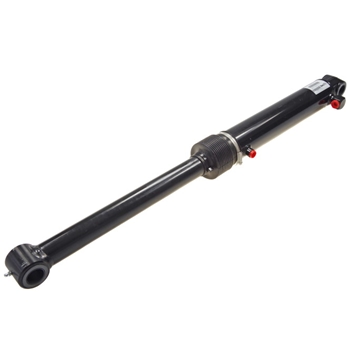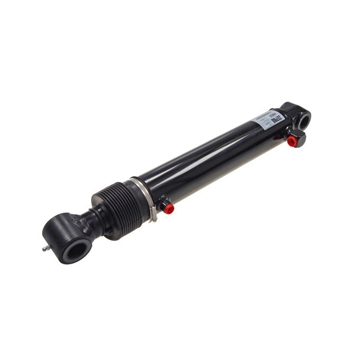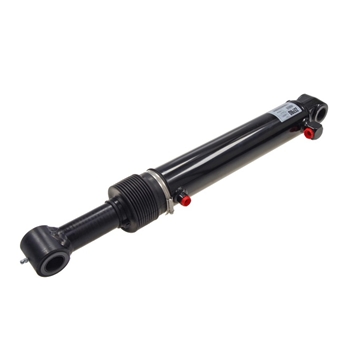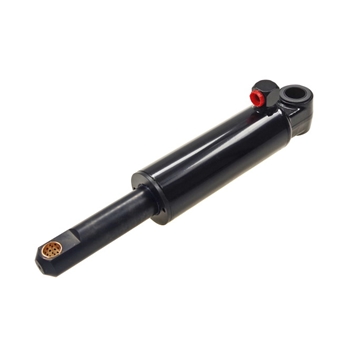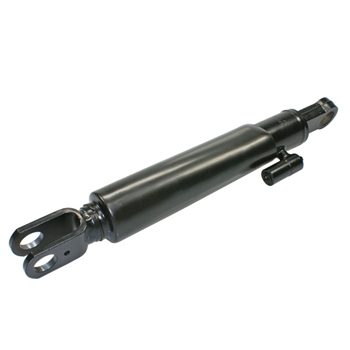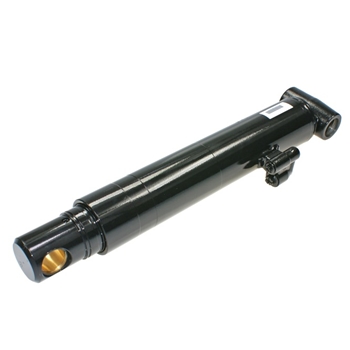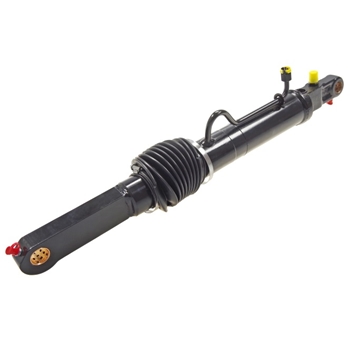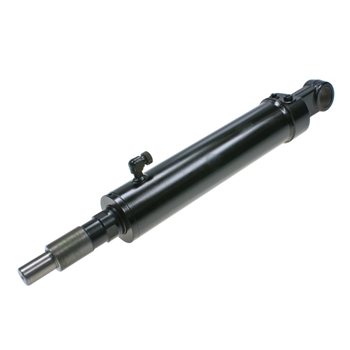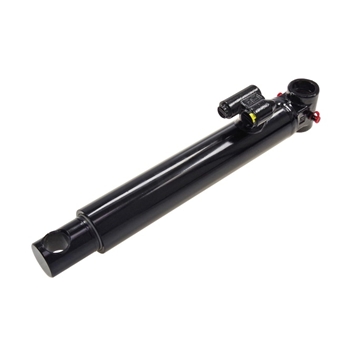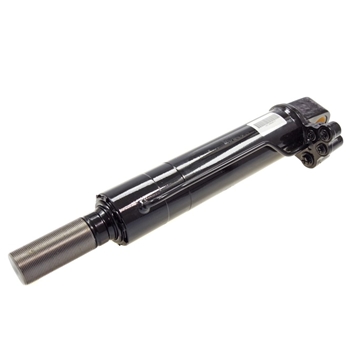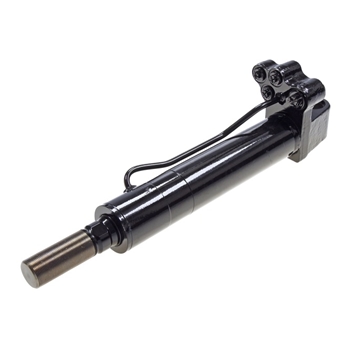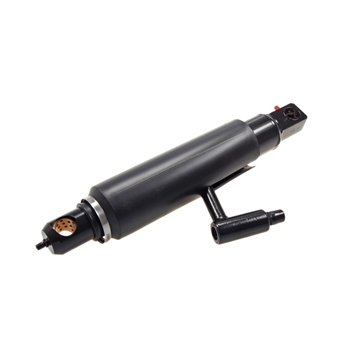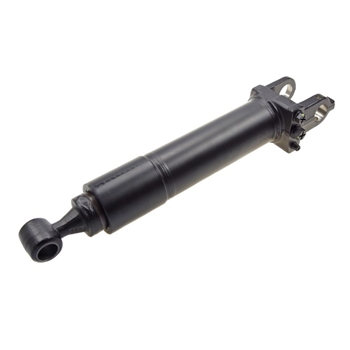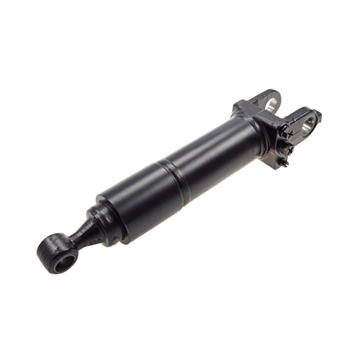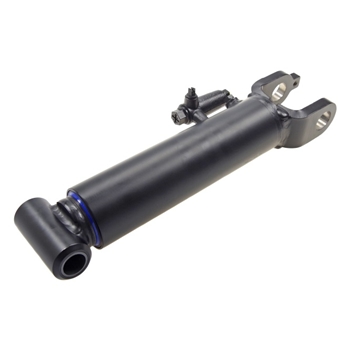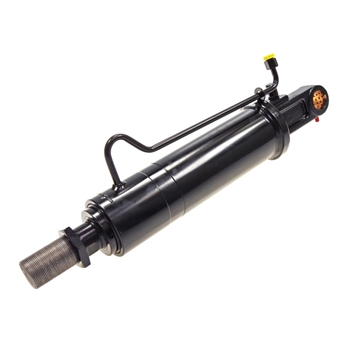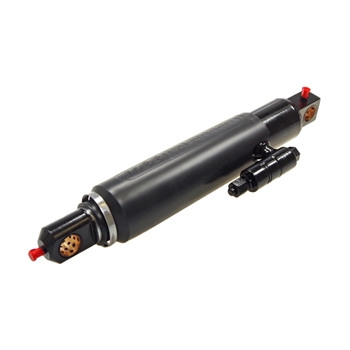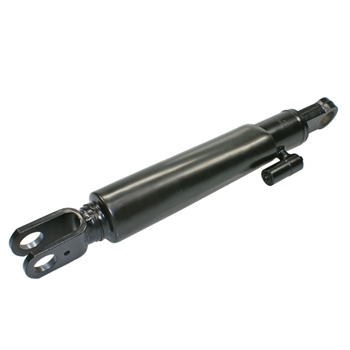Hydraulic Cylinders – The driving force behind every tail gate and lift gate
A smooth loading process is the foundation of modern logistics. The hydraulic cylinder is the central driving element of every tail gate. It precisely converts hydraulic pressure into linear motion and ensures the safe, efficient, and controlled lifting and lowering of heavy loads. Without it, the entire lift gate system would be inoperative. SULEJ Ladebordwand relies on tested hydraulic components that guarantee maximum reliability, stability, and durability even under extreme conditions – for safe and efficient operation in daily transport routines.
Hydraulic cylinders in detail: design and functionality
At first glance, a hydraulic cylinder appears simple, but inside it contains a complex system of precisely matched components. It consists of a cylinder tube, a piston with sealing system, and a piston rod that transmits the generated motion to the outside. When hydraulic oil is pressurized into one of the chambers, it creates a powerful force that moves the piston and transfers it to the lifting mechanism of the tail gate. The result is smooth, controlled platform movement – precise to the millimeter. This combination of pressure, precision, and sealing forms the foundation of performance for every lifting system.
Types and materials: the right hydraulic cylinder for every tail gate
Pressure balance cylinders: Synchronize lifting arms, compensate for tolerances, and prevent system distortion – essential for smooth, parallel platform movements.
Folding cylinders: Control the folding and unfolding of articulated platforms. Designed for compact installation with a large effective stroke.
Lifting cylinders: Generate the actual lifting and lowering motion of the platform. Load capacity, speed, and control accuracy are determined here.
Tilt cylinders: Open and close the platform and, depending on the system, handle the locking or tilting function.
Stabilizer cylinders: Stabilize the platform in loading or parked position, absorb lateral forces, and increase structural rigidity.
Sliding cylinders: Move assemblies longitudinally or laterally (e.g., for docking/positioning), ensuring precise approach alignment.
For the high forces in everyday transport, piston rods made of hardened, hard-chromed steel are used – the chrome layer protects against corrosion and wear while preserving the seals. Precision-ground and honed cylinder tubes ensure dimensional accuracy and smooth motion. High-quality sealing systems with scrapers (depending on use PU/NBR/FKM) minimize leakage and keep contaminants out of the oil. Optional protective tubes or bellows offer extra protection against dirt and moisture – particularly useful in outdoor and ramp operations.

